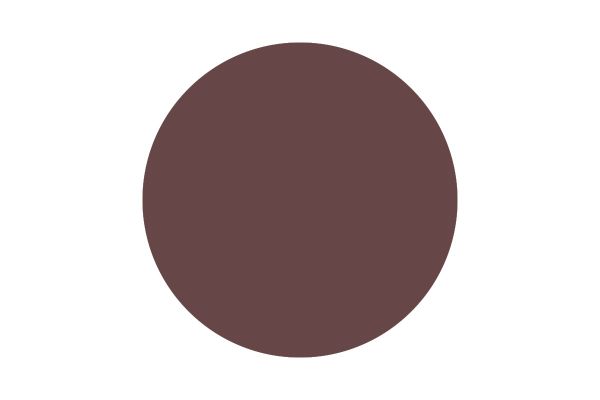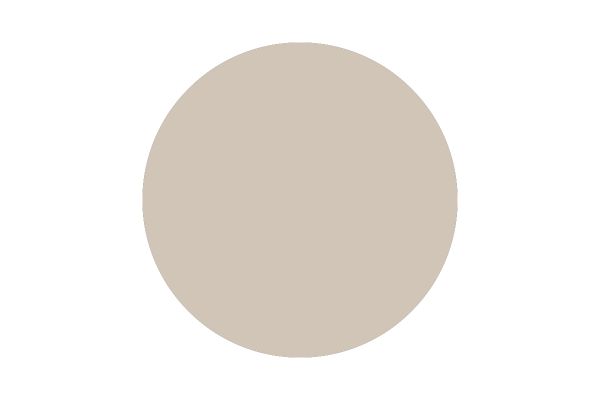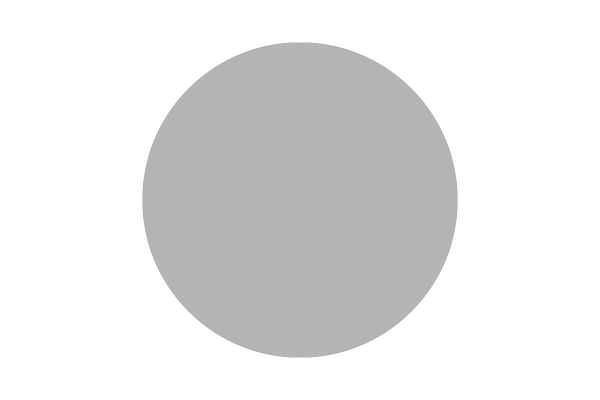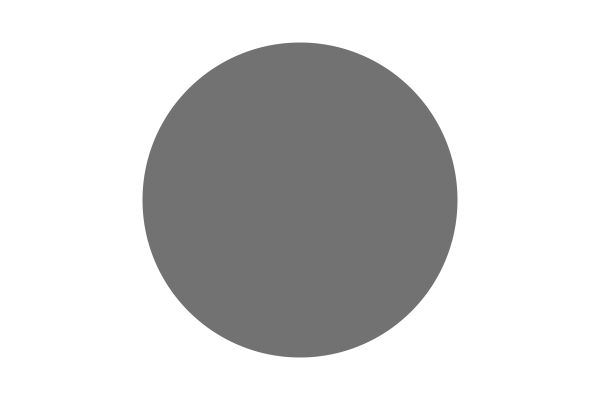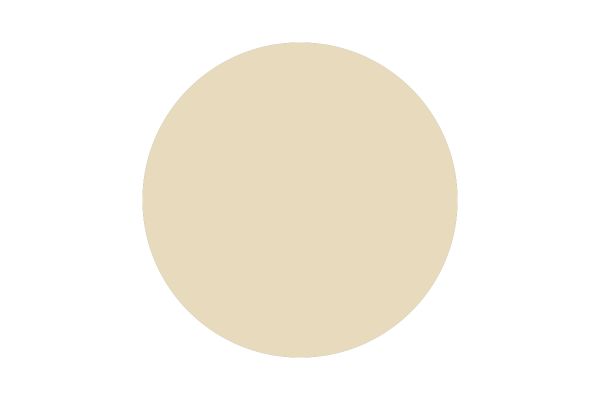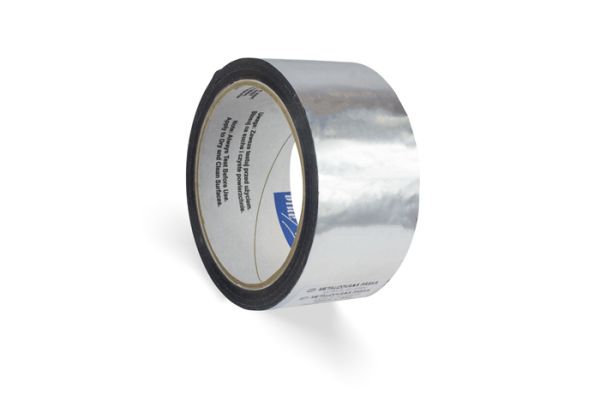Introduction to Grout
Grout is an essential component when installing porcelain, particularly in outdoor environments where durability and visual appeal are required. Serving 2 purposes, grout not only fills the gaps between porcelain pavers to prevent water infiltration into the bedding layer but also enhances the patio's aesthetic appeal. With a vast array of exterior grout products available, choosing the right one can be daunting. At London Stone, we specialise in every aspect of porcelain paving installation. This guide has been created to help you navigate the selection process ensuring that you make the best grout choice for your project.
Why use Grout and not Sand & Cement?
Using grout for porcelain paving, particularly specialized types like epoxy or polymer-modified grouts, offers several advantages over traditional sand and cement pointing. Here are the key reasons why grout is now the preferred choice when installing a porcelain patio:
- Durability and Strength: Grout provides a stronger bond than traditional sand and cement pointing, which enhances the durability and longevity of your new patio. This is particularly important in outdoor settings in the UK where patios are exposed to harsh weather conditions.
- Water Resistance: Grouts are generally more effective than sand and cement at resisting water penetration. This is important for outdoor patios as it prevents water from seeping beneath the slabs and causing frost damage. Traditional sand and cement mixtures are more porous and may allow water to penetrate, leading to potential damage.
- Aesthetics: Grout is available in various colours and finishes that can complement or contrast with the paving and enhance the overall look of the patio. Sand and cement pointing lacks this flexibility in finish and colour that modern landscaping projects often require.
- Ease of Installation: Modern grouts can be easier to apply and cure faster than traditional sand and cement, allowing for quicker project completion. Grout can also be applied in the rain, which is a huge advantage for landscaping projects in the UK.
- Flexibility and Crack Resistance: Flexible grouts are specially formulated to accommodate slight movements and temperature changes, which can help prevent cracking. Traditional sand and cement, being more rigid, is much more susceptible to cracking.
- Purpose designed for Porcelain: Grout has been purposely developed for Porcelain and is manufactured under consistent and controlled conditions. Unlike sand and cement which is mixed on site and is subject to variation in how it is mixed and the component ingredients.
Choosing the Right Colour
The choice of grout colour has a huge impact on the overall aesthetic of the patio, so take your time and choose carefully. Some people like to choose a grout colour that subtly blends in with the paving whereas others like to choose a bold contrast that stands out. Ultimately, it comes down to personal preference.
Select a shade that complements your exterior tiles to enhance the overall design aesthetic. Your supplier should be able to provide colour swatches, and these can be held up alongside the paving samples to find the perfect colour combination.
Grout Application Techniques
For a detailed guide on how to apply grout, we recommend that you visit the following page but here's a quick summary on the application of grout with exterior porcelain paving slabs:
- Preparation: Ensure the tiles are clean and dry.
- Mixing: Follow the manufacturer's instructions to prepare the grout.
- Application: Use a grout float to press the grout into the joints, moving diagonally across the tiles to avoid pulling grout out of the joints.
- Cleaning: Wipe excess grout from the surface with a damp sponge. Rinse the sponge frequently to avoid re-depositing grout onto the tiles.
Grout Maintenance and Care
The accumulation of dirt and debris can stain and weaken grout over time. Like any external surface, grout needs periodical maintenance to preserve its appearance and integrity. Fortunately, grout does not require a specialized cleaning schedule and can typically be cleaned at the same time as the paving. For the best results, clean with a stiff brush and water or a gentle jet wash. If using a jet wash, avoid the fine setting; instead, angle the lance at 45 degrees and maintain a distance of approximately one foot from the paving surface to prevent damage. Always begin the cleaning process by sweeping away loose debris.
Our Grout Ranges
Choosing the right grout will help to ensure that your exterior porcelain paving looks beautiful and remains functional for many years to come. Whether you are a landscaper looking for reliable materials from a reputable supplier, or a homeowner embarking on a DIY project, our quality grout selections are here to meet your project needs. London Stone stock some of the best quality grouts from the industry's leading manufacturers including Fugabella from Kerakoll and Larsen. Visit our product pages today and find the perfect grout for your exterior paving project.
Frequently Asked Questions
Do you provide grout samples?
No, we don't provide physical grout samples.
Are your grout products on display at your showrooms?
Our showrooms have extensive product displays showcasing our range of porcelain and stone paving. All the materials in the showrooms are pointed or grouted but we cannot guarantee that you will find physical examples of all of our pointing and grouting products. If you do want to view a specific grout product, we would always advise checking with your nearest showroom. Find your local showroom here.
Are there any rules or guidance you can give on choosing grout?
We would always recommend that customers look at the usage of the patio and choose grout accordingly. For example, if you had a damp shady garden, we wouldn't recommend choosing a light grout as this would be susceptible to algae.
How long before grout cures?
Technically, you can walk on grout after a few hours, but we would always advise that customers wait 24 hours before walking on a newly grouted patio.
Can I use grout with sawn sandstone and other types of smooth paving?
The reason that grout is used so effectively with porcelain is because porcelain is impervious, and this means that any excess grout on the slabs can be cleaned off following application. Sandstone on the other hand can be extremely porous and the grout can be easily absorbed into the pores of the stone causing staining and picture framing. For this reason, we do not recommend the use of grout with sawn sandstone. We do recommend using grout with sawn limestone though, provided that the paving is pre-sealed. This approach is advisable because limestone, being denser than sandstone, absorbs grout less readily. Pre-sealing further enhances this property, ensuring a smoother and more effective grouting process. Find out more about our in-house pre-sealing service here.


/filters:quality(40)/mediadev/media/homepage/price_right_arrow.svg)
/filters:quality(60)/mediadev/media/menu-pics/menu_banner_mobile.png )
/filters:quality(60)/mediadev/media/menu-pics/all-porcelain.jpg )
/filters:quality(60)/mediadev/media/menu-pics/luxury-italian.jpg )
/filters:quality(60)/mediadev/media/menu-pics/premium-italian.jpg )
/filters:quality(60)/mediadev/media/menu-pics/budget-porcelain.jpg )
/filters:quality(60)/mediadev/media/menu-pics/large-format-porcelain.jpg )
/filters:quality(60)/mediadev/media/menu-pics/wood-effect-porcelain.jpg )
/filters:quality(60)/mediadev/media/menu-pics/porcelain-planks.jpg )
/filters:quality(60)/mediadev/media/menu-pics/porcelain-setts.jpg )
/filters:quality(60)/mediadev/media/menu-pics/browse-all-paving.jpg )
/filters:quality(60)/mediadev/media/menu-pics/stone-paving.jpg )
/filters:quality(60)/mediadev/media/menu-pics/interior-tiles.jpg )
/filters:quality(60)/mediadev/media/menu-pics/stone-effect-porcelain.png )
/filters:quality(60)/mediadev/media/menu-pics/wood-effect-porcelain.png )
/filters:quality(60)/mediadev/media/menu-pics/grey-porcelain.png )
/filters:quality(60)/mediadev/media/menu-pics/beige-porcelain.png )
/filters:quality(60)/mediadev/media/menu-pics/dark-porcelain.png )
/filters:quality(60)/mediadev/media/menu-pics/light-porcelain.png )
/filters:quality(60)/mediadev/media/menu-pics/patio-grout.jpg)
/filters:quality(60)/mediadev/media/menu-pics/primers.jpg)
/filters:quality(60)/mediadev/media/menu-pics/porcelain-blades.jpg)
/filters:quality(90)/mediadev/media/menu-pics/drainage.jpg)
/filters:quality(60)/mediadev/media/menu-pics/cleaners.jpg)
/filters:quality(60)/mediadev/media/menu-pics/all-stone-paving.jpg )
/filters:quality(60)/mediadev/media/menu-pics/all-sawn-paving.jpg )
/filters:quality(60)/mediadev/media/menu-pics/all-riven-paving.jpg )
/filters:quality(60)/mediadev/media/menu-pics/indian-sandstone.jpg )
/filters:quality(60)/mediadev/media/menu-pics/limestone-paving.jpg )
/filters:quality(60)/mediadev/media/menu-pics/granite-paving.jpg )
/filters:quality(60)/mediadev/media/menu-pics/slate-paving.jpg )
/filters:quality(60)/mediadev/media/menu-pics/yorkstone-paving.jpg )
/filters:quality(60)/mediadev/media/menu-pics/stone-pavers.jpg )
/filters:quality(60)/mediadev/media/menu-pics/cobbles-setts.jpg )
/filters:quality(60)/mediadev/media/menu-pics/plank-paving.jpg )
/filters:quality(60)/mediadev/media/menu-pics/paving-circles.jpg )
/filters:quality(60)/mediadev/media/menu-pics/bespoke-paving-1.jpg )
/filters:quality(60)/mediadev/media/menu-pics/edging-stones-1.jpg )
/filters:quality(60)/mediadev/media/menu-pics/prestige-stone.jpg )
/filters:quality(60)/mediadev/media/menu-pics/grey-blue-stone.png)
/filters:quality(60)/mediadev/media/menu-pics/swatch-black-dark.jpg )
/filters:quality(60)/mediadev/media/menu-pics/swatch-buff-beige-white.jpg )
/filters:quality(60)/mediadev/media/menu-pics/sealants.jpg)
/filters:quality(60)/mediadev/media/menu-pics/all-clay-paving.jpg )
/filters:quality(60)/mediadev/media/menu-pics/alpha-clay-pavers.jpg )
/filters:quality(60)/mediadev/media/menu-pics/cottage-garden-clay-pavers.jpg )
/filters:quality(60)/mediadev/media/menu-pics/kessel-garden-clay-pavers.jpg )
/filters:quality(60)/mediadev/media/menu-pics/artisan-clay-pavers.jpg )
/filters:quality(60)/mediadev/media/menu-pics/grey-blue-clay-paver.png )
/filters:quality(60)/mediadev/media/menu-pics/red-brown-clay-pavers.png )
/filters:quality(60)/mediadev/media/menu-pics/beige-buff-clay-pavers.png )
/filters:quality(60)/mediadev/media/menu-pics/composite-decking.jpg )
/filters:quality(60)/mediadev/media/menu-pics/designboard-decking.jpg )
/filters:quality(60)/mediadev/media/menu-pics/classic-designboard.jpg )
/filters:quality(60)/mediadev/media/menu-pics/brushed-designboard.jpg )
/filters:quality(60)/mediadev/media/menu-pics/grooved-designboard.jpg )
/filters:quality(60)/mediadev/media/menu-pics/millboard-decking.jpg )
/filters:quality(60)/mediadev/media/menu-pics/grey-decking.jpg )
/filters:quality(60)/mediadev/media/menu-pics/black-charcoal-decking.jpg)
/filters:quality(60)/mediadev/media/menu-pics/brown-decking.jpg)
/filters:quality(60)/mediadev/media/menu-pics/all-build-deck.png )
/filters:quality(60)/mediadev/media/menu-pics/stone-cladding.jpg )
/filters:quality(60)/mediadev/media/menu-pics/all-garden-walling-1.jpg )
/filters:quality(60)/mediadev/media/menu-pics/facing-bricks.jpg )
/filters:quality(60)/mediadev/media/menu-pics/garden-screening.jpg )
/filters:quality(60)/mediadev/media/menu-pics/menu_Garden_banner_desk.png )
/filters:quality(60)/mediadev/media/menu-pics/stone-garden-steps.jpg )
/filters:quality(60)/mediadev/media/menu-pics/sawn-steps.jpg )
/filters:quality(60)/mediadev/media/menu-pics/yorkstone-steps.jpg )
/filters:quality(60)/mediadev/media/menu-pics/bespoke-steps.jpg )
/filters:quality(60)/mediadev/media/menu-pics/porcelain-steps.jpg )
/filters:quality(60)/mediadev/media/menu-pics/off-the-shelf.jpg )
/filters:quality(60)/mediadev/media/menu-pics/stone-coping.jpg )
/filters:quality(60)/mediadev/media/menu-pics/sawn-coping.jpg )
/filters:quality(60)/mediadev/media/menu-pics/yorkstone-coping.jpg )
/filters:quality(60)/mediadev/media/menu-pics/bespoke-coping.jpg )
/filters:quality(60)/mediadev/media/menu-pics/stone-pier-caps.jpg )
/filters:quality(60)/mediadev/media/menu-pics/porcelain-coping.jpg )
/filters:quality(60)/mediadev/media/menu-pics/all-bespoke-services.jpg )
/filters:quality(60)/mediadev/media/menu-pics/bespoke-paving-2.jpg )
/filters:quality(60)/mediadev/media/menu-pics/bespoke-steps-1.jpg )
/filters:quality(60)/mediadev/media/menu-pics/bespoke-coping-1.jpg )
/filters:quality(60)/mediadev/media/menu-pics/edge-profiles.jpg )
/filters:quality(60)/mediadev/media/menu-pics/masonry-services.jpg )
/filters:quality(60)/mediadev/media/menu-pics/deluxe-pergolas.jpg )
/filters:quality(60)/mediadev/media/menu-pics/proteus-pergolas.jpg )
/filters:quality(60)/mediadev/media/menu-pics/corten_planter_menu.png )
 Trade Discount Available
Trade Discount Available FREE Nationwide Delivery
FREE Nationwide Delivery Nationwide Showrooms
Nationwide Showrooms Live Stock Levels
Live Stock Levels Split Packs Available
Split Packs Available